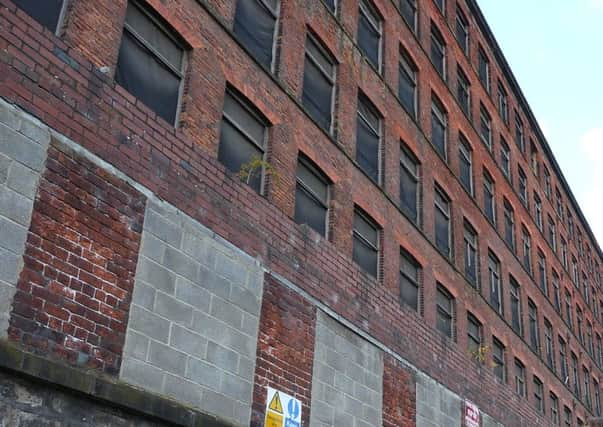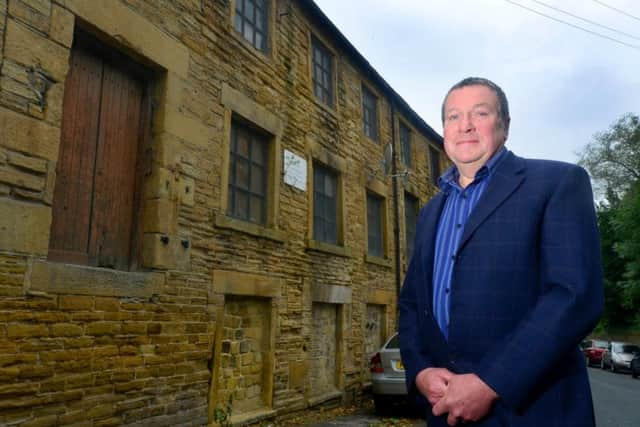Yorkshire nostalgia: Hunt is on for your mill knowledge


There are a number of places in Leeds on the list, including Hunslet Mill, the Grade II* listed flax mill and Crank Mill Morley, the Grade II listed first steam-driven woollen mill in West Yorkshire.
Other local buildings of interest include Dalton Mills, Keighley, an important example of the significance of the woollen textile industry in Yorkshire in the later 19th century, mill buildings at Low Mills, Bradford, which are important because they contained the first cotton mill in Keighley, Old Lane Mill/Rawson’s Mill, Halifax, built for James Ackroyd in 1825-28 and acquired by the Rawson family in 1836 and Rutland Mill on Wakefield waterfront, a Grade II listed spinning mill.
Advertisement
Hide AdAdvertisement
Hide AdPeople are being asked to share images, insights and any other stories they have about of Yorkshire’s textile mills.


This is the first time the National Heritage List for England has been opened up for public contributions. The list identifies the buildings, sites and landscapes which receive special protection, so they can be enjoyed by current and future generations. There are 400,000 of England’s most valued historic places with 31,431 listed buildings and thousands of other places in Yorkshire and the Humber.
Director of listing at Historic England Roger Bowdler said: “The history of our land and its people is marked in the fabric of England’s places. The list is a free resource holding details of the most significant of these, so they can be understood and protected for the future. Many buildings on the list are well-known and even world-famous. But in some cases there is much that remains unknown. That’s why we need your help – so we can share images, insights and understanding of England’s special places, and capture these for future generations.
“The list holds details of the most significant places that mark the history of England and tell the story of Yorkshire. But there are still secrets to uncover and stories to be shared about many on the list, so for the first time ever Historic England is asking the public to share their knowledge and photos of some of our most treasured historic places.”
Advertisement
Hide AdAdvertisement
Hide AdThe list began in 1882, when the first powers of protection were established. It has almost 400,000 entries: barrows and bunkers, palaces and pigsties, plague crosses and piers, tower blocks and tombstones, cathedrals, windmills and rollercoasters. Historic England curates the list for the Department for Culture Media and Sport. It is a unique record of the country’s evolving history and is searchable online but many entries on it are brief, providing little more than a short description of a building or place.


Textile mills were the original Northern Powerhouses and are still iconic landmarks for so many. These places hold a wealth stories of what life was like during the Industrial Revolution and in many cases have been converted into offices, houses, restaurants and even hospitals. There are 181 listed mills in Yorkshire but many have gaps in their histories.
To add your contributions to the list, visit www.HistoricEngland.org.uk/list
Tweet: @HE_Yorkshire @HistoricEngland #ListEngland